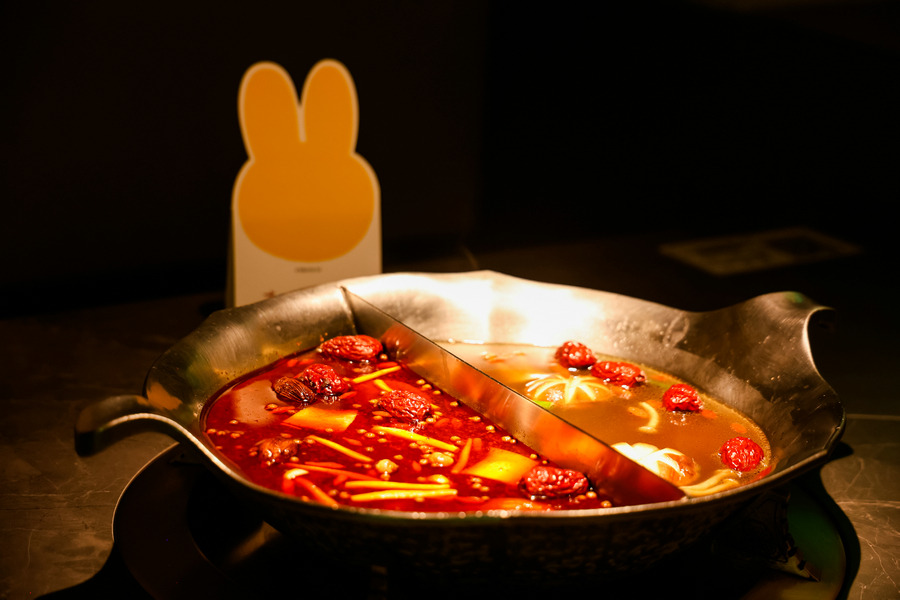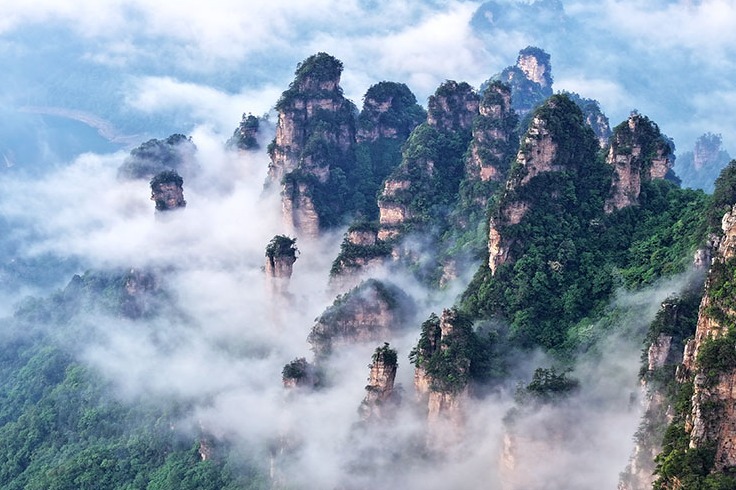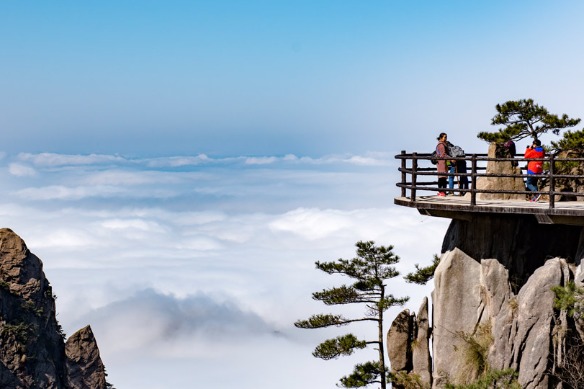Seeking Immortals in Penglai


In 1861, Dengzhou was little more than a treaty port overshadowed by the opening of its southern neighbor, Yantai. Since retiring from commerce, though, this former entrepot has had more time to get in touch with its spiritual side—including a reversion to its poetic ancient nickname of Penglai, which it shares with a mythical abode of immortals described in the fourth-century BCE Classic of Mountains and Seas.
According to this ancient text, Penglai Mountain was an isle of eternal summer in the Bohai Sea, where wine glasses refilled themselves and magic fruits granted everlasting youth. Located at the boundary between Bohai and the Yellow Sea, Shandong’s Penglai is a good candidate for this arcane realm in more ways than one: It is famous for Fata Morgana, phantom mirages of cities floating above the sea. “Clouds wind bright and clear in the east. Many immortals are half-concealed within,” the 11th century poet Su Shi described it.

The “Red Cliffs” of Penglai, are believed to be the spot where the Eight Immortals of Daoist mythology set out for the lands of eternity. Legends say that China’s first emperor, Qin Shi Huang, sent ships carrying 3,000 boys and girls after these ascended deities, but the expedition never returned. Emperor Wu of the Han dynasty (206 BCE – 220 CE) also ventured here during his Eastern Tour, but, being of a more practical bent, abandoned the search for an elixir of immortality, and established a fortress at the spot.
During the Tang dynasty (618 – 907), a flourishing trade in silk and porcelain departed Penglai’s shores en route to Japan and the Korean kingdom of Silla, which sent tribute in return through the same port. In the 11th century, the Song emperor built a castle known as the Penglai Pavilion at the Red Cliffs, later expanded into a 100-hectare complex with moats during the Ming dynasty (1368 – 1644).

































